Is it possible for a cheese to taste like macadamia with caramel undertones and smell like roasted lamb? And at the same time, it being a real dairy product.
The description completely matches the Spanish Manchego cheese, which is among the most popular traditional foods in Don Quixote's homeland. After all, it is produced right in the hometown of Cervantes' - La Mancha, Albacete province. The cheese is aged between 60 days and 2 years and is made solely from the milk of sheep that graze in this region. Manchego cheese itself is named after them.
According to the locals, the tradition of making Manchego dates back to the Bronze Age, when the inhabitants of La Mancha specialized in making sheep's cheese.
What does it taste like?
Although it's a hard cheese, the consistency of Manchego is quite buttery. Its color can vary from ivory, through yellow, to brown-beige. The characteristic of the structure of the cheese are small holes that are formed during its ripening.
The taste is described as not too strong, with a slight spicy taste and a long aftertaste typical of sheep's milk.
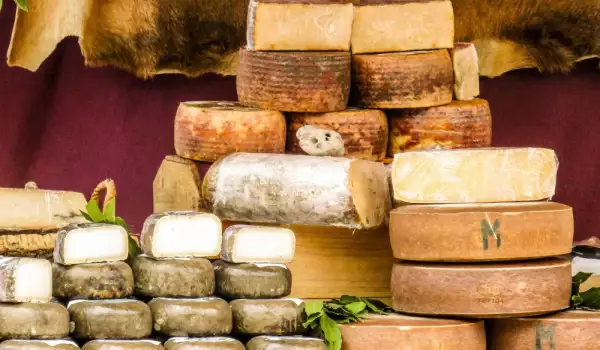
Types of Manchengo cheese
The taste of this traditional Spanish product depends on its age and how long the cheese has been left to mature.
Fresco – this is its youngest form and many avoid calling it Manchego, since the cheese is only 2 weeks old. It has a strong but mild flavor and very limited quantities reach the market as farmers prefer to wait for the product to ripen.
Semicurado – in this ripening stage the cheese is already around the minimum standard age. This category includes Manchego aged between 3 weeks and 3-4 months. Its consistency is still soft and the taste is slightly fruity, with notes of grass and slightly sour.
Curado – this is the Manchego that is matured between 3 and 6 months. The cheese has already started to take on a slightly nutty flavor with hints of caramel. However, it still has high acidity.
Viejo – in this final phase, the cheese has already matured and between 1 and 2 years have passed since its production. It has a crumbly texture and is similar in color to light caramel. The taste is salty, sweet and slightly spicy.
Manchengo Standards

In the traditional recipe, the cheese is made from unpasteurized sheep's milk. Today, however, it is also used pasteurized. The only other permitted additives are natural rennet or coagulating enzyme and salt.
The product is then pressed into special cylindrical molds that leave the distinctive embossed zig-zag mark on the surface of the finished cheese. This is done to resemble traces of the woven esparto grass baskets in which the Spanish once prepared the cheese. The molds should not be more than 12 cm high and their diameter should not exceed 22 cm.
At the end, the cheese is marked with a stamp on which a stalk of wheat is depicted. This is done as proof that the cheese is an original product and not a copy of Manchego.
Only cheeses produced in La Mancha that have a protected designation of origin and a protected geographical indication according to EU standards are entitled to bear this name.
After being "sealed", the cheese is soaked in salt water for 1-2 days. As it ripens, a natural crust forms on it. Regulations allow it to be washed, coated with paraffin or olive oil, but not to remove any of the cheese.
How to serve Manchengo?
Its taste is best felt when the cheese is left at room temperature. Manchego cheese is served in thin slices and goes well with cold cuts, of course best with jamón and marinated olives - typical Spanish tapas.
Goes best with red wines – Cabernet Sauvignon, Merlot, Syrah and Spanish Tempranillo.
There are about 250 calories, 20 grams of fat and 20 grams of protein in 100 grams of Manchego cheese.

How to process Manchego cheese?
Sliced Manchego cheese
Cut the Manchego horizontally and then vertically. Try to keep the cut as even as possible. Now cut it into small pieces. Although the chopped food does not need to be exactly the same size, unless the recipe calls for the ingredients to be roughly chopped, make the pieces slightly larger.
Grated Manchego cheese
To grate Manchego, you can use a cheese grater and gently rub the entire block up and down. If the recipe calls for finely grated cheese, use the finely grated cheese grater. Likewise, if you want coarsely grated cheese, you can use the vegetable grater that has larger holes. Grated Manchego cheese is used for cold sandwiches, juicy burgers or as a garnish.
Manchego cheese cubes
Place the cheese on a cutting board. With a knife, first cut the Manchego horizontally and then vertically. Try to cut it as flat as possible. Now cut it into square pieces approximately one centimeter in diameter, although the cubes don't have to be exactly the same size. Try to keep it the same. You can increase or decrease the size of the cubes to small, medium or large depending on the Manchego recipe.
Manchego cheese strips
Place the Manchego on a cutting board. With a knife, cut it from top to bottom in a vertical direction. Now let each slice fall on the board and carefully cut it into strips.
Crumbled Manchego cheese
To crumble the Manchego, cut the block in half. Put it in a food processor and turn it on. The crumbled cheese will easily stay fit for consumption for at least 6 months in the freezer. When you want to defrost the crumbled cheese, remove it from the package and place it between kitchen paper. One above and the other below. This will absorb the moisture. Once defrosted, it is best used in recipes where it will be melted such as Homemade Pizza or Cheese Casserole. Cheese is better to be frozen in its crumbled form.
Sliced Manchego cheese
Place the Manchego on the cutting board. Cut it vertically from top to bottom with a knife. If the recipe calls for the ingredients to be "cut into thick slices, " make the pieces slightly larger. Likewise, if you want "thinly sliced" Manchego cheese, cut it into even finer pieces.
A selection of Manchego cheese
Manchego has a salty taste and leaves a remarkable sheep's milk aftertaste. Check for a white to ivory color. Only select gourmet food stores carry this cheese. The product is semi-hard to the touch and is available in 2 kg pieces with different stages of maturity.
It can be consumed with bread that has been rubbed with garlic and a slice of tomato.
It can also be consumed with crackers as well as any vegetarian dishes, Roast Lamb or Salmon Recipes.
You can add it to pasta, replacing your usual choice of cheese. Goes well with beer or Rioja wine. Grated, it can be used in quesadillas or for nachos as a topping.
It can also be used in soups with cheese.
You could make something like savory muffins with Manchego cheese.
To make them, beat the eggs, milk, butter, flour, salt and black pepper. Add cheese, cilantro and olives and carefully fill the muffin tins almost to the top. Bake, until they aquire a golden brown color.
You can also use a combination of paprika, garlic, dried tomatoes. Manchego cheese and potatoes also go well as a combination in any recipe.
Manchego cheese storage
You can store Manchego cheese in the refrigerator or freezer for 6 months, if unopened. After opening the package, try to use it at the earliest, otherwise there may be mold formation due to the moisture content.
Benefits of Manchego Cheese
Manchego cheese is high in fat and thus a good source of fatty acids and increases calorie intake. It contains fat-soluble vitamins such as vitamin A, D, E and K. They are very necessary for various functions of the body. It is also a rich source of calcium, which is important for the growth and maintenance of bones and teeth. Since it is derived from milk, it is a good source of protein needed for the growth and maintenance of tissues and body. Try cheese recipes using Manchego.
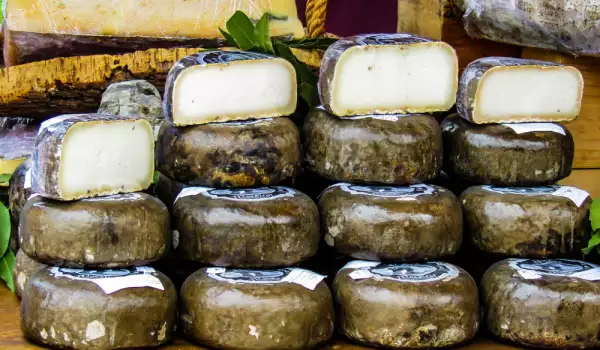






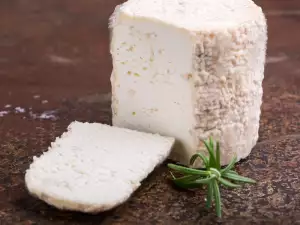
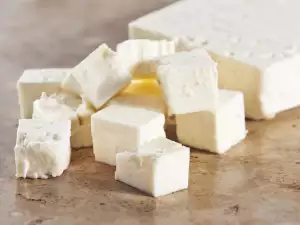
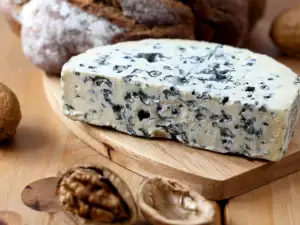
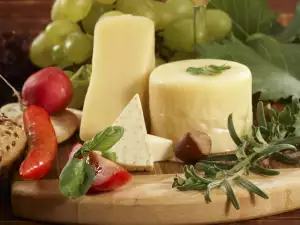

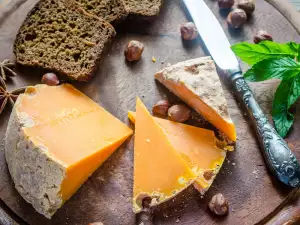






Comments